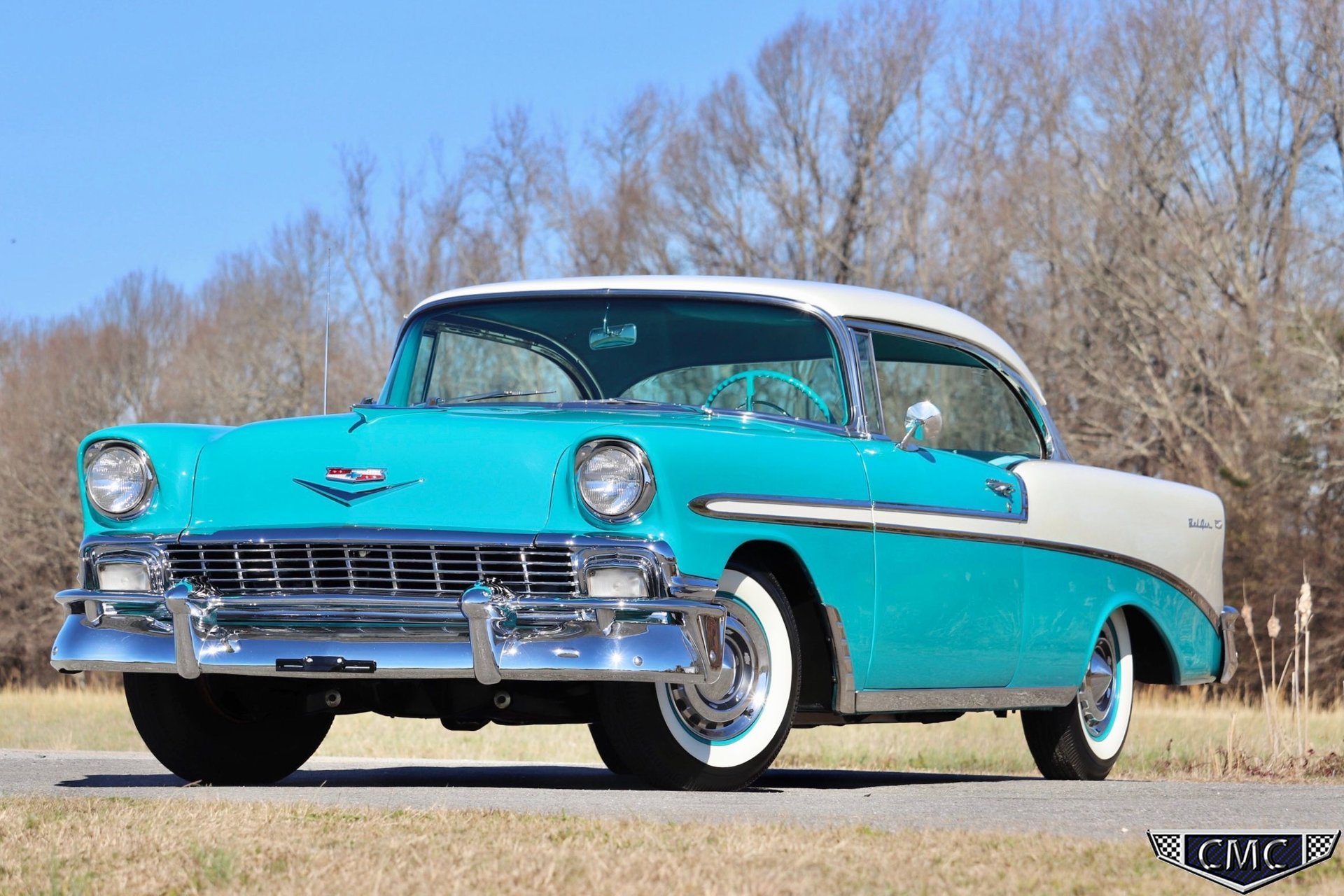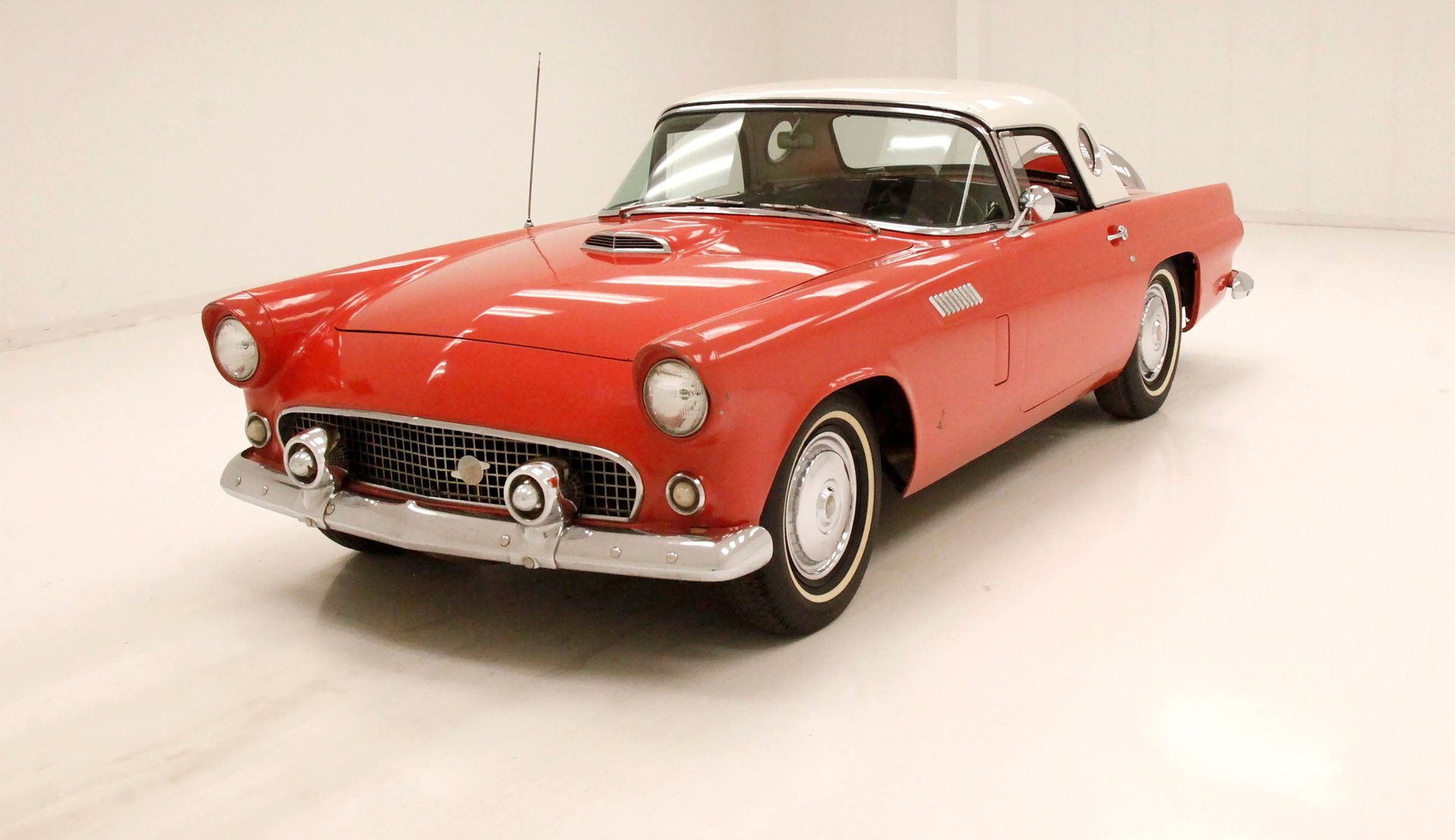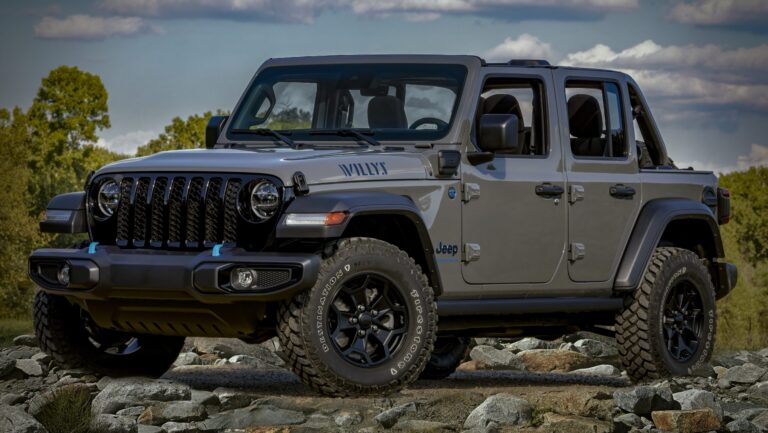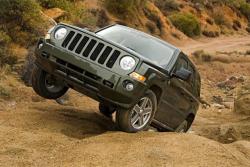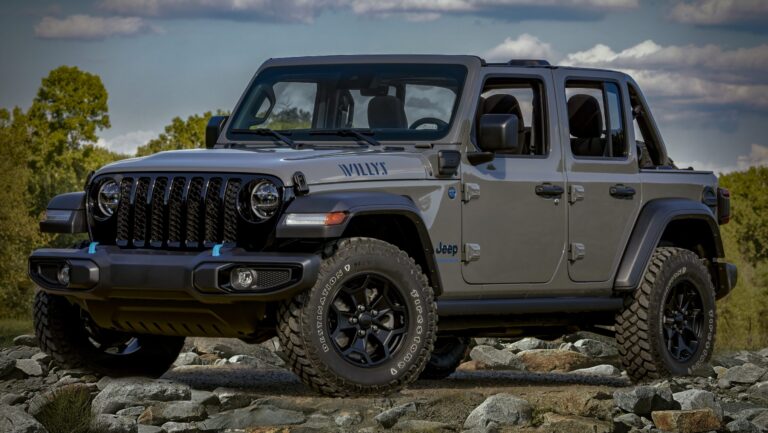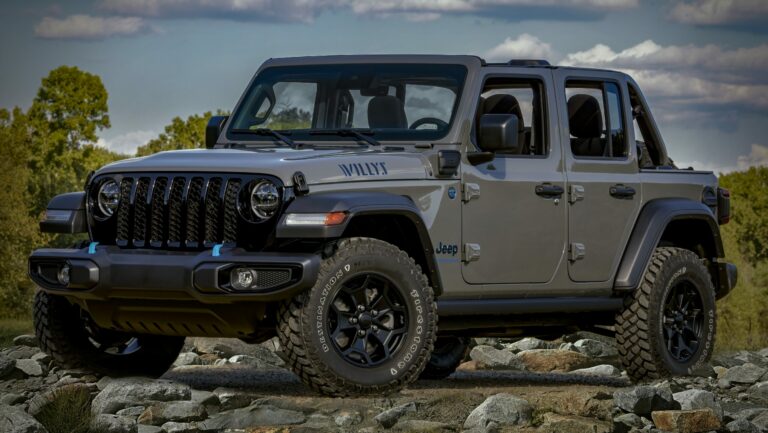1956 Willys Jeep For Sale: A Comprehensive Guide to Owning an American Icon
1956 Willys Jeep For Sale: A Comprehensive Guide to Owning an American Icon /jeeps.truckstrend.com
The year 1956 might seem like a distant past, but for automotive enthusiasts, it represents a golden era, particularly for the rugged, enduring spirit of the Willys Jeep. When a "1956 Willys Jeep For Sale" listing appears, it’s more than just an advertisement for a used vehicle; it’s an invitation to own a piece of American history, a testament to utilitarian design, and a gateway to a unique driving experience. This article serves as a comprehensive guide for anyone considering purchasing one of these iconic machines, exploring its legacy, the benefits of ownership, crucial considerations, and practical advice to navigate the exciting journey of acquiring a 1956 Willys Jeep.
The Enduring Legacy of the 1956 Willys Jeep
1956 Willys Jeep For Sale: A Comprehensive Guide to Owning an American Icon
The Willys-Overland company, and later Kaiser-Willys, produced the civilian Jeep (CJ) series, which directly descended from the legendary military vehicle of World War II. By 1956, the primary civilian model was the CJ-5, introduced in 1955. This model incorporated significant improvements over its predecessors, drawing heavily from the M38A1 military Jeep.
The 1956 CJ-5 typically featured the robust Hurricane F-4 134 cubic inch (2.2 L) F-head inline-four engine, known for its reliability and torque, producing around 75 horsepower. It was paired with a Borg-Warner T-90 three-speed manual transmission and a two-speed transfer case (Dana 18), providing legendary four-wheel-drive capability. With its slightly larger and more rounded body compared to earlier CJs, an 81-inch wheelbase, and improved seating, the 1956 CJ-5 offered a balance of rugged utility and slightly enhanced comfort. It embodied the spirit of adventure, equally at home on a farm, a construction site, or exploring off-road trails. Its design was simple, functional, and built to last, cementing its place as an automotive icon.
Why Buy a 1956 Willys Jeep? Benefits of Ownership
Owning a 1956 Willys Jeep is not just about transportation; it’s about embracing a lifestyle and appreciating automotive heritage.
- Classic Appeal and Investment Potential: These vehicles are bona fide classics. Well-maintained or professionally restored examples can appreciate in value, making them not just a hobby but potentially a sound investment. Their distinctive looks and historical significance ensure they always turn heads.
- Unmatched Versatility: A Willys Jeep, even one from 1956, is incredibly versatile. It can be used for light utility work, leisurely drives, parades, off-roading, or as a unique show vehicle. Its go-anywhere capability is still impressive, especially in stock form.
- Simplicity and Maintainability: Unlike modern vehicles laden with complex electronics, the 1956 Willys Jeep is mechanically straightforward. Its simple design means that many repairs can be performed by an owner with basic mechanical skills, and parts, particularly for the drivetrain, are surprisingly accessible through specialist suppliers and online communities.
- Strong Community and Support: The Willys and classic Jeep community is vast, passionate, and incredibly helpful. Forums, clubs, and social media groups provide a wealth of knowledge, advice, and camaraderie, making ownership a shared experience.
- Historical Significance: You’re not just buying a vehicle; you’re buying a piece of Americana. The Willys Jeep played a pivotal role in post-war civilian life, and owning one connects you directly to that rich history.
Navigating the Market: Important Considerations When Buying
Purchasing a classic vehicle like a 1956 Willys Jeep requires careful consideration to ensure you make a wise investment and find a vehicle that meets your expectations.
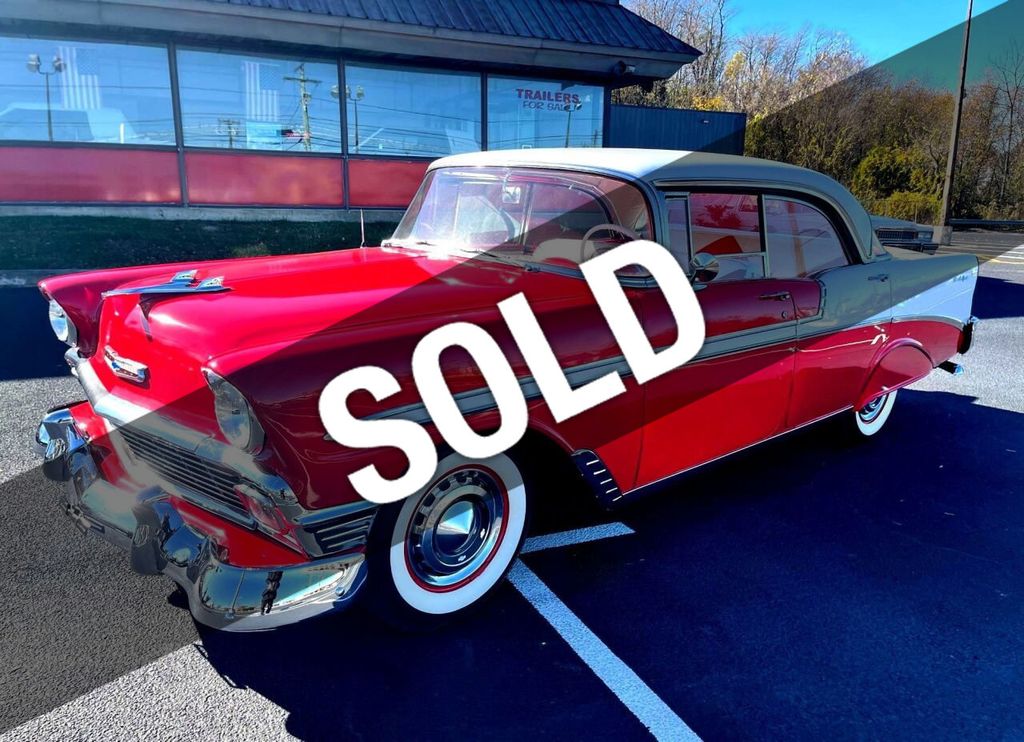
- Condition is Paramount: This is the single most important factor influencing price and future headaches.
- Rust: The biggest enemy of vintage steel. Inspect the frame (especially around spring hangers, cross members), body tubs (floorboards, hat channels, cowl), fenders, and tailgate. Surface rust is manageable; extensive rot is a major repair.
- Engine & Drivetrain: Check for leaks, unusual noises, smoke from the exhaust, and overall power. Test the transmission (all gears, including reverse) and the transfer case (2WD, 4WD high, 4WD low). Check for play in the steering and universal joints.
- Brakes & Suspension: Ensure the brakes are functional and pull evenly. Inspect leaf springs for cracks, shocks for leaks, and bushings for wear.
- Electrical System: Original 6-volt systems can be finicky. Check lights, gauges, and wiring for signs of amateur repairs or deterioration. Many have been converted to 12-volt, which is often more reliable but affects originality.
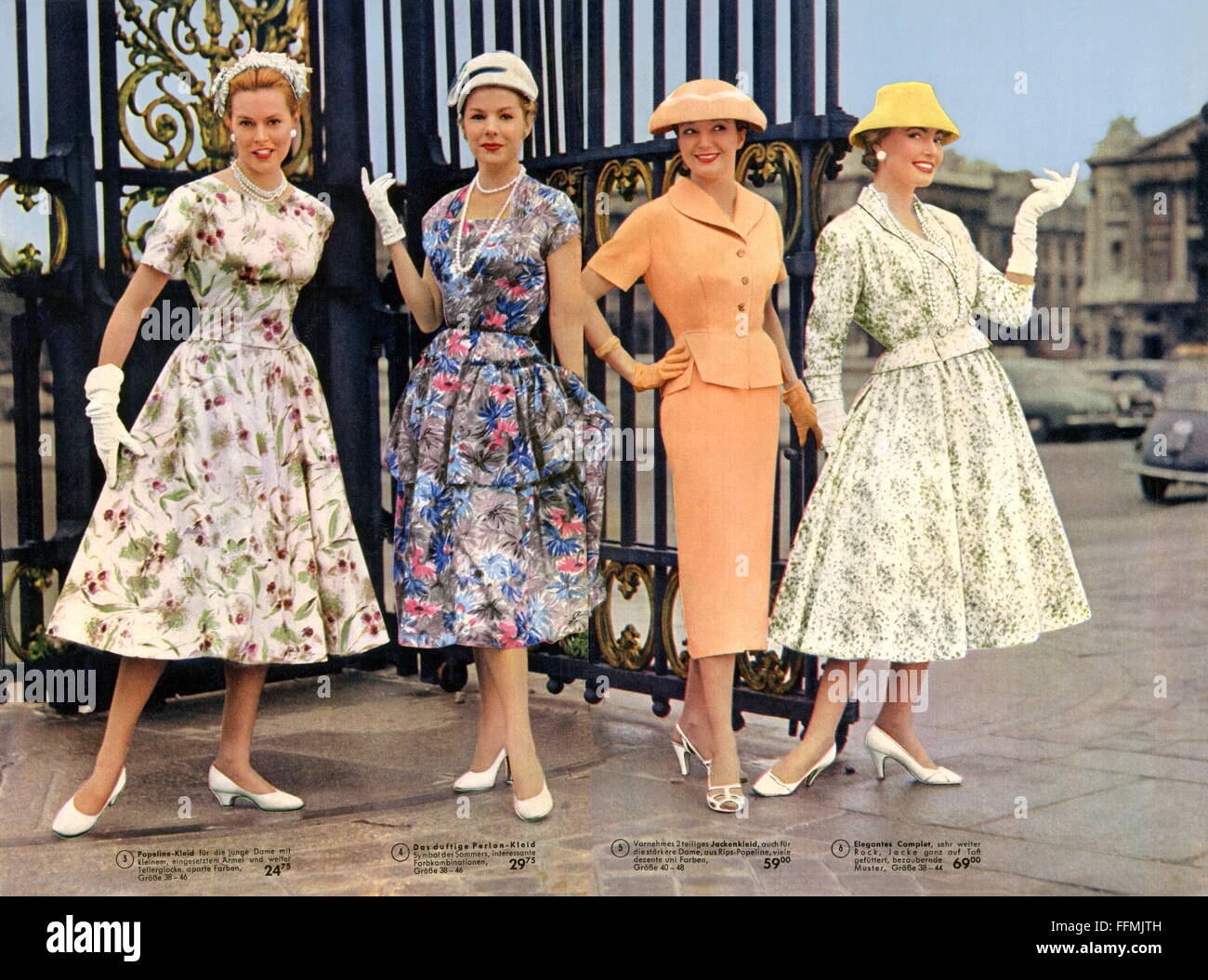
- Originality vs. Restoration/Modification:
- Original: A rare find, often commanding premium prices. Look for matching numbers (engine, chassis), original components, and period-correct features.
- Restored: Varies wildly in quality. A professional, body-off restoration can be worth more than the sum of its parts. A "shadetree" restoration might hide more problems than it solves. Get details on who did the work and what was done.
- Modified/Custom: Many Jeeps have been modified for off-roading (lift kits, bigger tires, engine swaps) or personalized. Decide if these modifications align with your intended use. They often decrease value for purists but increase utility for others.
- Documentation and Provenance: A clear title is essential. Any service records, original manuals, or history of ownership add significant value and peace of mind.
- Pre-Purchase Inspection (PPI): Unless you are a seasoned mechanic specializing in vintage Jeeps, invest in a professional PPI by an independent mechanic familiar with classic 4x4s. This can save you thousands in unexpected repairs.
- Budget Beyond the Purchase Price: Remember to factor in costs for:
- Insurance: Classic car insurance can be surprisingly affordable.
- Registration & Taxes.
- Immediate Repairs/Maintenance: Even a good "driver" will need attention.
- Future Upgrades/Restoration: If you plan on improving it.
- Transportation: If buying out of state.
Tips for a Successful Purchase
- Define Your Purpose: Are you looking for a show vehicle, a weekend trail rig, or a project? This will guide your search and budget.
- Research Thoroughly: Understand the specific features of the 1956 CJ-5. Join online forums and ask questions.
- Be Patient: The right Jeep won’t always appear overnight. Don’t rush into a purchase.
- Ask Lots of Questions: Before seeing the vehicle, ask for detailed photos (especially of common rust areas), history, maintenance records, and reasons for selling.
- See It In Person: Pictures can be deceiving. Always inspect the vehicle personally, or send a trusted expert.
- Test Drive: Listen for unusual noises, check steering play, braking effectiveness, and engage 4WD.
- Negotiate: Always be prepared to negotiate the price, especially after a thorough inspection reveals issues.
Potential Challenges and Solutions
While owning a 1956 Willys Jeep is rewarding, it comes with its unique set of challenges:
- Rust: As mentioned, pervasive rust is common.
- Solution: Thorough pre-purchase inspection is key. For existing rust, professional fabrication and welding are often required. Regular cleaning and rust inhibitors are essential for prevention.
- Performance & Safety (Compared to Modern Vehicles): These Jeeps are slow, have basic drum brakes, no airbags, and minimal crash protection.
- Solution: Drive defensively, anticipate braking distances, and understand its limitations. For daily driving, consider upgrades like disc brakes (available aftermarket) and modern seatbelts. Do not expect highway speeds beyond 50-55 mph comfortably.
- Parts Availability: While many mechanical parts are available, specific body panels or very rare components can be hard to source.
- Solution: Utilize specialist Willys/Jeep parts suppliers, join online forums for leads, and be prepared to fabricate or adapt.
- Fuel Economy: Expect single-digit to low-teen MPG figures.
- Solution: Accept it as part of the classic car experience. These are not commuter vehicles.
- Insurance: Some standard insurers might hesitate.
- Solution: Seek out specialized classic car insurance providers (e.g., Hagerty, Grundy) who understand the unique value and usage patterns of these vehicles.
Price Guide: 1956 Willys Jeep For Sale
The price of a 1956 Willys Jeep varies significantly based on its condition, originality, location, and the seller. The table below provides a general range, but a pre-purchase inspection is always necessary to determine true value.
| Condition Category | Description | Estimated Price Range (USD) | Key Influencing Factors |
|---|---|---|---|
| Project/Parts Vehicle | Not running, major rust, significant missing parts, requires complete overhaul. | $3,000 – $8,000 | Extent of rust/frame damage, completeness of parts, condition of engine/drivetrain (if present), title status. |
| Fair/Driver Quality | Runs and drives, but needs significant cosmetic attention (paint, interior), minor mechanical issues, some rust repair needed. | $8,000 – $18,000 | Rust levels, operational status of 4WD, condition of engine/transmission, tire condition, presence of a clear title. |
| Good/Solid Driver | Reliable runner, presentable appearance with minor flaws, generally rust-free body, mechanically sound for regular use. | $18,000 – $30,000 | Quality of previous restoration/maintenance, minimal rust, functional electrical system, clean interior, original vs. upgraded components. |
| Excellent/Restored | High-quality restoration, near-original or better condition, minimal to no rust, fully functional, show-ready for local events. | $30,000 – $50,000+ | Professionalism of restoration, attention to detail, originality of components, paint quality, engine rebuild documentation, pristine interior. |
| Concours/Pristine Original | Flawless, museum-quality restoration or exceptionally preserved, low-mileage original. Often numbers-matching and historically accurate. | $50,000 – $80,000+ | Authenticity, originality, documented history, rarity, awards won, extremely low mileage (for originals), perfect cosmetic and mechanical condition. |
Note: These are estimates. Prices can fluctuate based on market demand, regional differences, and specific vehicle features (e.g., rare factory options, PTO units).
Frequently Asked Questions (FAQ) about the 1956 Willys Jeep
Q1: What engine did the 1956 Willys Jeep (CJ-5) typically come with?
A1: The primary engine for the 1956 Willys CJ-5 was the Hurricane F-4 134 cubic inch (2.2 L) F-head inline-four engine.
Q2: Are parts hard to find for a 1956 Willys Jeep?
A2: For common mechanical components (engine, transmission, transfer case), parts are generally available through specialist vintage Jeep suppliers. Body panels and specific trim pieces can be harder to find but are often reproduced or available through enthusiast networks.
Q3: Can a 1956 Willys Jeep be a daily driver?
A3: While mechanically capable, it’s generally not recommended for daily modern highway driving due to its lack of speed, basic safety features, and vintage handling characteristics. It’s best suited for recreational use, light utility, or short trips.
Q4: What’s the top speed of a 1956 Willys Jeep?
A4: A stock 1956 Willys CJ-5 can typically reach speeds of 50-55 mph comfortably, though pushing it much beyond that is not advisable for extended periods due to noise, vibrations, and safety considerations.
Q5: What should I look for regarding rust on a 1956 Willys Jeep?
A5: Key areas for rust include the frame (especially where spring hangers attach), floorboards, hat channels (underneath the floor), the cowl where the body meets the frame, and the bottoms of the fenders and tailgate. Extensive rust in the frame is a major red flag.
Q6: What kind of fuel does a 1956 Willys Jeep use?
A6: The Hurricane F-head engine was designed for leaded gasoline. Modern unleaded gasoline is fine, but it’s recommended to use a lead substitute or a fuel additive designed for older engines to protect valve seats.
Q7: Is it common for these Jeeps to have been converted to 12-volt electrical systems?
A7: Yes, it is very common. Many owners convert from the original 6-volt system to 12-volt for easier starting, brighter lights, and compatibility with modern accessories. While it impacts originality, it often improves reliability for a driver.
Conclusion
The allure of a "1956 Willys Jeep For Sale" is undeniable. It represents an era of robust, no-nonsense utility and a direct link to a pivotal period in automotive history. While acquiring one requires careful consideration of its condition, the potential challenges, and the investment involved, the rewards of ownership are immense. From the joy of driving a true classic to the camaraderie of the Willys community, owning a 1956 Willys Jeep is more than just a purchase; it’s an embarkation on an adventure. With the right research, a keen eye, and a passion for these iconic machines, you can bring home a piece of history that continues to inspire and endure.
